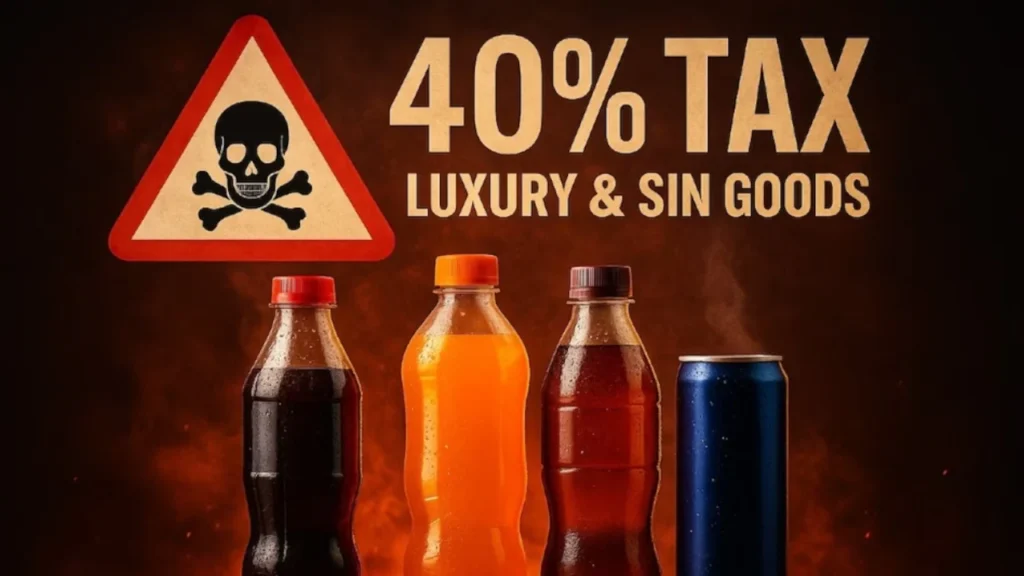India has entered a new tax era as the much-awaited GST 2.0 reforms officially came into effect today, September 22, 2025. The move brings a mix of relief and surprises for consumers. While many daily essentials and household goods are now cheaper, the government has slapped a hefty 40% GST slab on a range of luxury items and products considered harmful, popularly known as “sin goods.”
GST 2.0 – What Has Changed?
The new system, announced by Prime Minister Narendra Modi on August 15 and implemented from Navratri’s first day, is the biggest overhaul since GST was launched in 2017.
Key highlights of GST 2.0:
- The complex multi-slab structure has been simplified into just two rates – 5% and 18%.
- Items previously taxed at 12% and 28% have been shifted into these two lower slabs, leading to price cuts on essentials.
- A new 40% sin tax category has been introduced to discourage unhealthy and ultra-luxury consumption.
This means essentials like milk, ghee, butter, cooking oil, shampoos, refrigerators, televisions, cars, and even two-wheelers have become more affordable. But not everything is good news—some products are now significantly costlier.
Sin Goods Under 40% GST Slab
The government has created a special high-tax bracket for products that are either harmful to health or considered extravagant luxuries.
Tobacco Products
- Pan masala
- Gutkha
- Chewing tobacco
- Raw/unprocessed tobacco and waste
- Cigarettes (all categories)
- Small and large cigars
Beverages
- Carbonated soft drinks
- Sugar-added cold drinks
- Caffeinated/energy drinks
Luxury Vehicles
- Petrol cars above 1200cc
- Diesel cars above 1500cc
- Motorbikes above 350cc engine capacity
Super-Luxury Items
- Yachts
- Private jets
- Personal helicopters
IPL Tickets and Coal Prices Also Go Up
Cricket lovers will feel the pinch too. IPL match tickets, previously under the 28% slab, are now taxed at 40% GST, making stadium entertainment more expensive.
In addition, natural resources like coal, lignite, and peat have also been moved to the highest tax bracket, which could impact electricity and industrial costs.
Why GST 2.0 Matters for Consumers
The government’s strategy is two-fold:
- Make essentials cheaper to benefit the common household.
- Discourage harmful and luxury consumption through higher taxes.
For the average Indian, GST 2.0 translates into savings on everyday goods but higher spending on indulgences like cold drinks, cigarettes, luxury vehicles, and even cricket matches.
